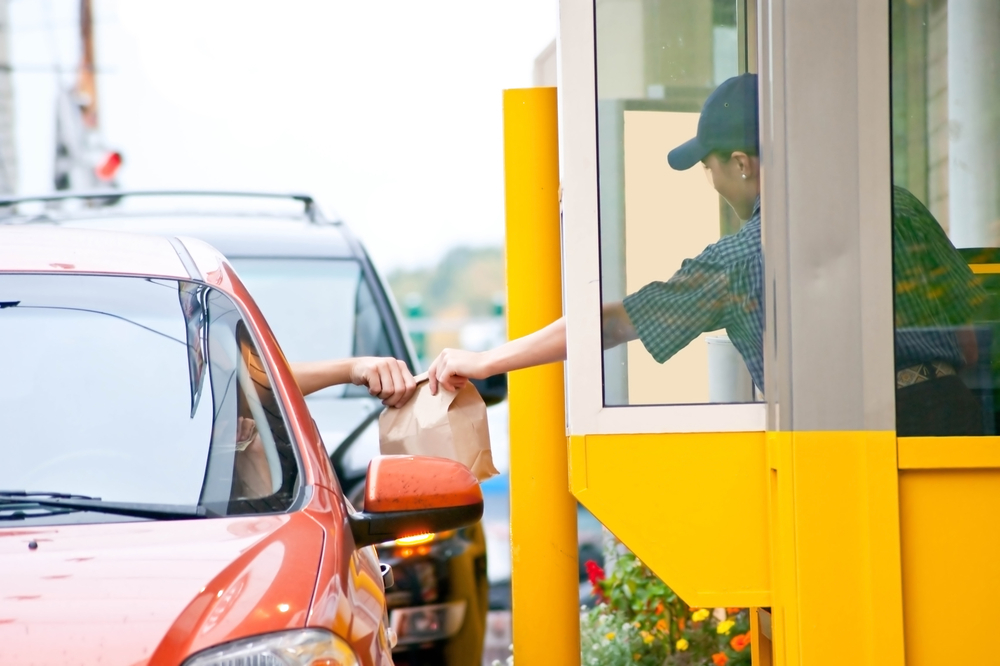Risk
Security Challenges Facing Restaurant Franchises in 2023

The pandemic had a dramatic effect on restaurants. After the challenges of the early pandemic, which saw the limitation of indoor dining, closures and lockdowns, most restaurants opened their doors again in 2021. The National Restaurant Association reports that in 2023, most restaurants have adjusted, making their “pandemic pivots” (delivery, outdoor seating, and new technology) permanent.
Despite the new normal, restaurants still face significant problems, including increased customer violence, staff shortages and the continuing pandemic.That means tensions are running high on both sides of the takeout counter. Minimum wage workers are dealing with the threat of COVID as well as with angry customers. They also face the ever-present threats of injuries: slips and falls, cuts, scrapes, and burns.
With that in mind, restaurants need to get serious about security in 2023.
10 security challenges faced by the restaurant industry
Increased violence: Fast food workers have always faced abuse and violence from customers; according to a report released in late 2021 there were 77,000 incidents of violence at McDonald’s, Burger King, Carl’s Jr., and Jack-in-the-Box locations in California’s nine most populous cities between 2017 and 2021. Those are just the reported incidents; many workers say they are discouraged from reporting these events to police. The violence is also getting worse. Consider the case of fast food worker “Waffle House Wendy” who went viral for catching a metal chair as a customer attacked her. As tensions continue to rise, these incidents are likely to increase. If security isn’t boosted, traumatized staff may quit, workers compensation claims will increase, and so may lawsuits.
Increased theft. This bullet point is not necessarily about robberies, although fast food restaurants do attract their fair share of masked thieves. Instead, as supply chain issues worsen, expect to see people stealing things like cups, straws, napkins, and even cutlery. Both employees and customers are likely to be the culprits here since they may be having trouble making ends meet and prices are rising.
Human resource problems. Thanks to staffing shortages, businesses may lower their standards, hiring whoever can fill a job. This means fewer background checks, and potentially more problems with staff, such as increased theft of cash and goods, offering discounts to friends, or using your site to conduct illegal activities.
Sex trafficking at restaurants. Sex trafficking is on the rise. According to recent reports from the Department of Justice and The U.S. State Department, there were at least 393 arrests related to human trafficking in the U.S. in 2020, and at least 109,216 identified victims of human trafficking worldwide. Traffickers often exploit legal business to find, groom, abduct, move, and hide victims. That can include fast food restaurants, which are often popular places for teens and young people to gather.
Increase in patrons on drugs. The opioid crisis is ongoing, which means that fast food restaurants are likely to see more patrons on drugs. That in turn may lead to other incidents on site.
Motor vehicle accidents. Many restaurants have kept their dining rooms closed, doing business through the drive-through. If that continues, drive-up restaurants may see an increase in attackers using cars as a weapon. Restaurants are already targets for vehicles; according to the Storefront Safety Council, restaurants are the second most common type of business to be crashed into by vehicles.
Point of sale theft: Fast food franchise owners should be on the lookout for skimmers — devices installed on card readers that collect card numbers for criminals. While skimmers are most often found at ATMs and gas stations, it's possible for retail stores or restaurants to be involved in skimming as well.
Delivery drivers getting involved in crime: Food delivery services like Uber Eats and Doordash don’t go through rigorous interview processes and this could pose a problem for restaurants and customers alike. Some drivers might be casing businesses and homes for friends while they’re dropping off your order.
A rise in viral videos: The last few years have seen an increase in people filming bad behavior and posting it online. This is all well and good until it’s your employees filming their workplace and posting it. While you should never give your workers reason to do this, it’s important to note that viral videos can discredit and damage your brand. Conversely, a restaurant may find that it has become a target of a viral video trend or prank that can cause damage, harm to employees or customers with the ambition that an influencer is looking to become famous just by recording the incident.
Physical injuries: Slips, trips, falls, burns, and cuts are always a major security concern at restaurants — especially at fast food restaurants, where floors are often wet and kitchen staff works in a tight space with oil fryers and knives. According to the Bureau of Labor Statistics, fast food workers reported 76,700 nonfatal injuries in 2021 — more than any other type of restaurant.
What can franchise restaurants do?
It’s important for franchise owners, as well as the corporate entities behind them, to not become complacent when it comes to security and safety protocols. Most of your employees are unlikely to be fastidious about them; their job with you is just that — a job, not a career. They may not care if you’re sued because a customer slipped and fell. So it’s your responsibility to proactively create and enforce safety processes and protocols. You should also test your staff’s competency in those protocols consistently.
Do you want to move to a proactive culture of risk? Talk to us now about assessing your security.





